Wonder through meadows where herdsman guide their yaks to pasture, sip tea as you watch the first rays of light strike Chomolhari, the protecter of Bhutan, and ascend rugged hills to learn more about the kingdom that is the happiest in the world.
On this page, you will find a comprehensive and impartial guide to the Chomolhari Trek.
Jomolhari Hike
The Chomolhari Trek, aka the Jomolhari hike, in Bhutan is a perfect combination of high altitude hiking and rugged trekking that can be completed in a relatively short time span.
The altitude on the Chomolhari trek changes from 2,500m to 4,940m. The trek spends 10 days in a high alpine world, deep within the Himalayas, that few people might ever have the opportunity to witness.

Chomolhari hike Itinerary
Below is a detailed outline of a typical Chomolhari hiking itinerary, split up over several days.
Day 1: Paro to Shana Zampa
- Altitude: 2,850m/9,348ft
- Distance: 15 kilometres
- Time: 5-6 hours
The journey along this magnificent trail starts out on the road as you drive past the magnificent Drugyel Dzong (2580m). The Dzongs, spread out across all of Bhutan, are the mortar in which history is steeped.
Drugyel Dzong was built in the 1960’s after Bhutan had won a victory over the invading armies of Tibet and still stands to guard further transgressions. It caught fire in 1951 and a shingled roof erected in 1985 has been the only repair made to the building. It now stands as reminder of the past, quiet and cold.
A military checkpoint just outside Gunetshawa checks your permit and you’re on way through rice terraces for about two hours till you reach meadows just beyond Shana Zampa.
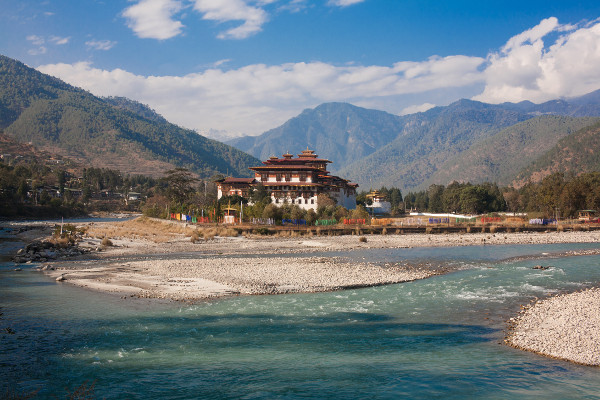
Day 2: Shana Zampa to Soi Thangthangkha
- Altitude: 3,750m/12,300ft
- Distance: 20 kilometres
- Time: 7-8 hours
Most of the day is spent gradually climbing alongside the Paro River with it’s forests of pine, ferns, oaks and spruce which form the part of the Jigme Dorji National Park. After a tough muddy, rock hopping day of walking the valley eventually narrows to a small path on which you should have your first great view of Mt. Chomolhari – weather permitting.
Day 3: Soi Thangthangkha to Jangothang
- Altitude: 4,040m/13,250ft
- Distance: 19 kilometres
- Time: 7-8 hours
You could arise in the morning with the most beautiful and exquisite views of the area or be pelted with rain as you climb nearer to Jangothang. One thing is for sure, herd homes and yaks dot the scenery more frequently as you pass the villages of Dangochang, Soe and Takethang.
The warm and friendly nature of the Bhutanese will be on full display as they will glady offer up supplies for the rest of your journey – butter, meat, cheese and if you’re lucky, some dried yak cheese. Who knows, you could attempt the highest wine tasting ever. You’d certainly have the view as the wind parts prayer flags to give a spectacular view of Mount Chomolari.
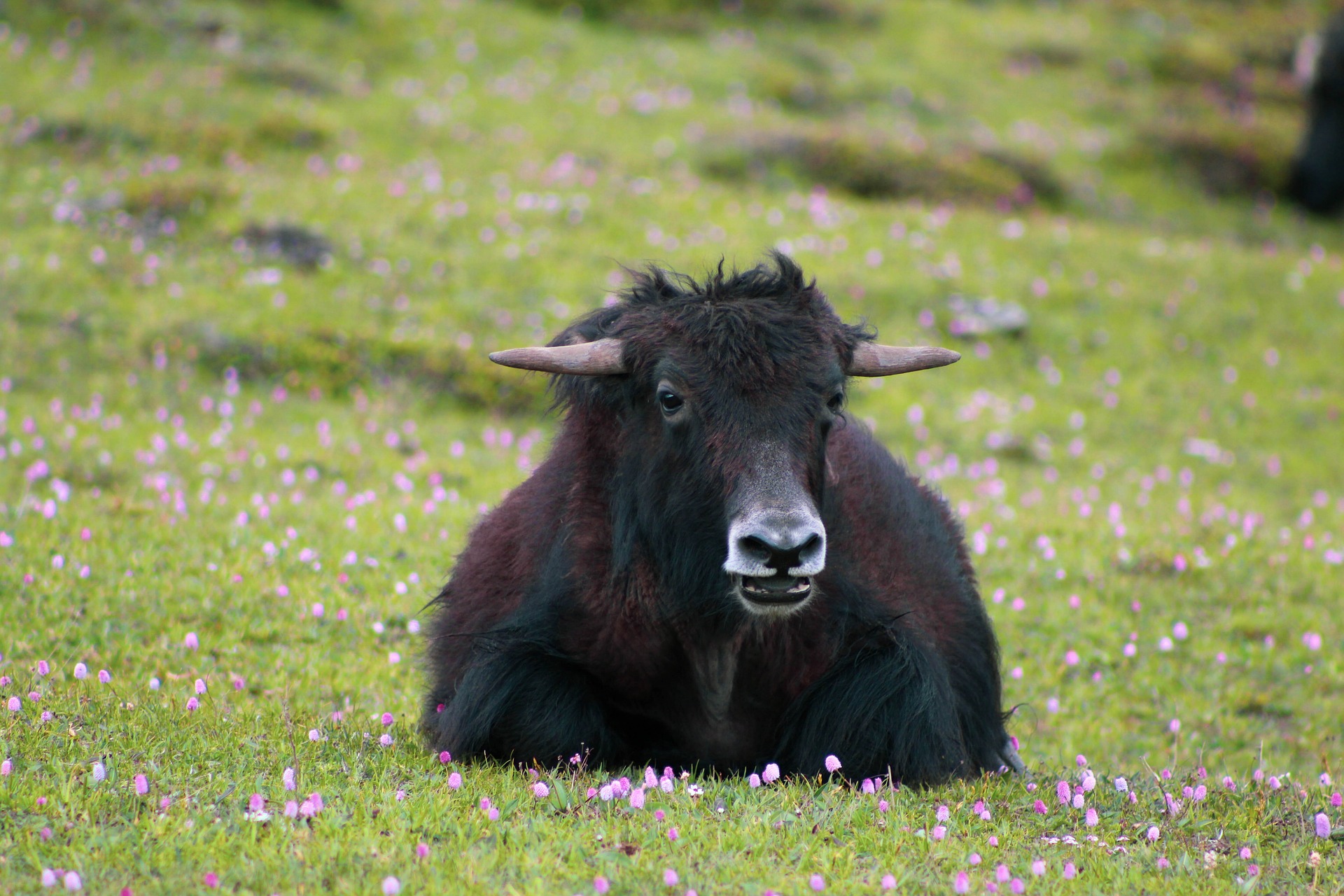
Day 4: Rest Day in Jangothang
This could be a day resting the legs after the rocky ups and downs, or you could take the opportunity to hike to find the great views of Jichu Drake Peak. If you’re lucky you could have some blue sheep following you along the way. But if you’re feeling really adventurous, your option could be a hike to Tshopu, a trout filled lake high in altitude with the most amazing landscape views.
Day 5: Jangothang to Lingshi
- Altitude: 4,000m/13,120ft
- Distance: 18 kilometres
- Time: 7-8 hours
Embarking from Jangothang is essentially leaving the last settlement for quite some time, and within half an hour of leaving, you’d swear you were the only person around for miles as there are views of Jichu Drake and Tshering Gang (Tserim Kang).
Mother Nature probably put them in your way to placate your legs because after those views, you are on enroute to Nyile (Ngye) Pass – 4 hours away. Luckily, you are on a gradual descent to Lingshi afterwards.
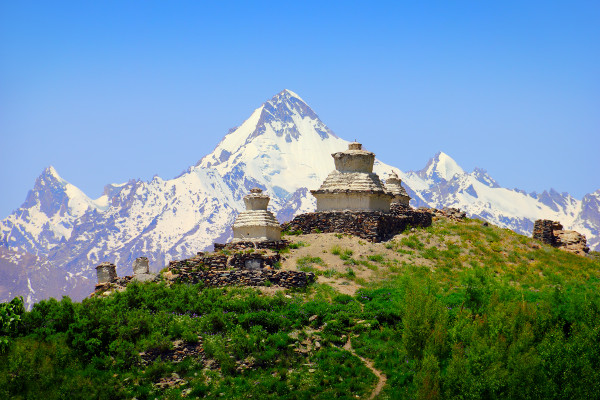
Day 6: Lingshi to Shodu
- Altitude: 4,100m/13,450ft
- Distance: 22 kilometres
- Time: 8-9 hours
Up until now, you’ve been following both the Chomolari and Laya Gasa routes. Today, that changes with the Jomolari route climbing towards a chorten situated on the ridge above the camp and then south towards the Mo Chhu valley.
For a large part, you’re trekking through a treeless valley until the trail crosses the river and climbs towards Yele la Pass (4,820m), which yields amazing views of Mount Jomolhari, Gangchhenta, Masang Gang and Tserim Kang and then down to Shodu.
Day 7: Shodu to Barshong
- Altitude: 3,600m/11,810ft
- Distance: 16 kilometres
- Time: 6-7 hours
From Shodu, the trek follows the steep-walled canyon alongside the Thimphu Chhu, working its way down from juniper and alpine forest towards waterfalls. Don’t be confused if its seems like a groundhog day – you’re gonna end up crossing the Thimpu River at least 6 times before reaching Barshong.
Day 8: Barshong to Dolam Kencho
- Altitude: 3,600m/11,810ft
- Distance: 15 kilometres
- Time: 5-6 hours
Another forested day of trekking with dense conifer, birch and rhododendron surrounding you as you make your way down a steep descend to Thimpu Chhu River, crossing over streams till you cross over a steep cliff to Dolam Kencho, a huge pasture at 3,600m.
Day 9: Dolam Kencho to Thimpu
- Altitude: 2,350m/7,710ft
- Distance: 8 kilometres
- Time: 3-4 hours
The last day of trekking sees you climbing about 500m and descending 940m as you make your from Dolam Kencho to Dodena then onto Thimpu, completing one of the most breathtaking treks Bhutan has to offer.
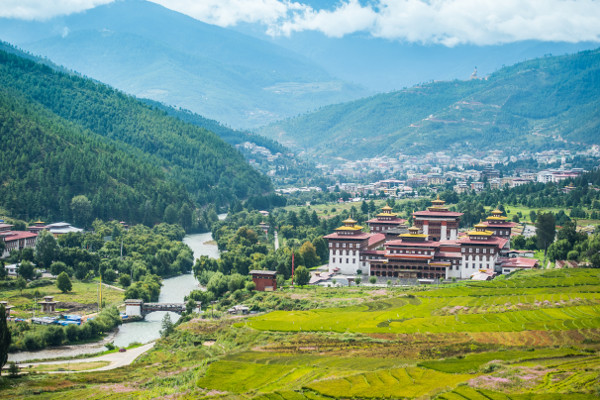
Chomolhari Trek FAQ
When is the best time to complete the Jomolhari Trek?
March to June and October to November are two of the best times to attempt the Cholmolhari trek. The rainy season in Bhutan is literally all year round with a few months offering a brief respite in the weather.
Read more about the best time to hike in Bhutan.
How difficult is the Chomolhari Trek?
Strenuous at high levels, the Chomolhari hike requires good physical preparation before attempting. Make sure you’ve got the okay from your doctor or physician as the hazards of Acute Mountain Sickness (AMS) can present themselves if you are not properly acclimatized.
How much does the Chomolhari Trek cost?
Chomolhari Trek costs around $3,000. This includes the government tourist royalty fee which is very steep in Bhutan (see costs here). There are tours that cost as much as $6,000 but these usually include cultural sightseeing tours along the way.
Are permits required for the Chomolhari Trek?
You don't need a permit for the Chomolhari Trek, but you do need a visa for entering Bhutan in order to complete the trek.
Bhutan has one of the fewest international visitors in the world due to its stringent visa regulations. It’s advised that you contact your guide or tour operator before landing in Paro.
Bhutanese visas come in, price wise, at about $40, and this guarantees you a safe passage through your trek.
Is altitude sickness a risk on the Chomolhari Trek?
Yes. The Chomolhari trek Ascends to high altitudes and crosses some big passes! It is important to have a good understanding of the altitude risks involved with this trek.
Please read our detailed section on altitude sickness and acclimatization.
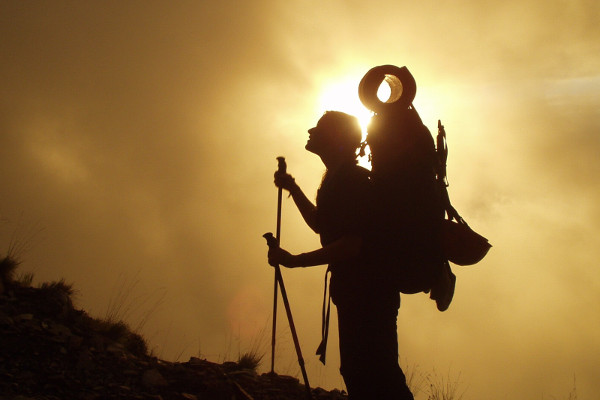
What gear do I need for the Chomolhari Trek?
Pack light and efficiently for the Chomolhari Trek. This is your basic mantra when packing. Layers of clothing are essential and it’s best to source quick drying materials wherever possible.
To help you plan and prepare for your trek, we have written a detailed multi-day hiking gear list.
Do I need insurance for the Chomolhari Trek?
Trekking insurance is vital for the Chomolhari Trek. If an accident or incident should occur that requires immediate medical assistance and evacuation you will most definitely want adequate trekking insurance that can cover the costs of air ambulance and treatment.
Make sure you have insurance that covers you for any travel related risks, like lost, stolen, damaged or delayed baggage; interruptions and flight delays and tour operators default.
Please read our article on hiking insurance. This article provides great information on what type of insurance you'd need.
Are there other trekking routes through Bhutan?
Definitely. The Chomolhari Trek isn't the only trekking route that offers unforgettable sights and first-hand experience of Bhutanese culture.
We highly recommend the Snowman Trek, the Druk Path Trek and the Tiger's Nest Trek which leads to Paro Taktsang, the world-famous Buddhist monastery.
Do you recommend any guides or guidebooks for the Chomolhari Trek?
Absolutely. Like most treks in Bhutan, intimate knowledge of the paths is a necessity before setting out. It is not advised that you attempt the Chomolhari Trek without proper guides who know the area and the locals.
We recommend Bhutan Lonely Planet as our preferred guidebook.
Continue browsing
See more information on Bhutan. Or check out these other Bhutan Hiking articles:

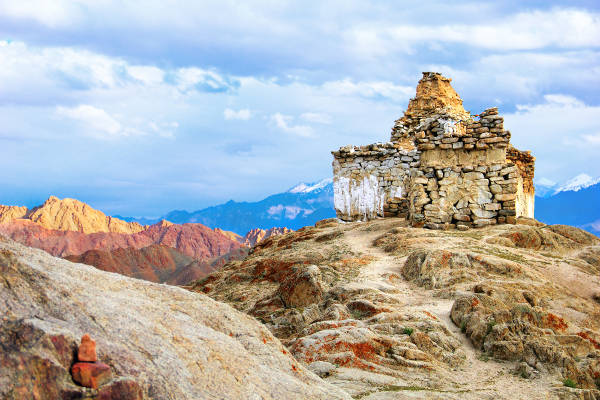


This hike sounds great. Is there a guide company you recommend? Not in a position to organize solo.
You could try Skyhook: https://www.skyhookadventure.com/